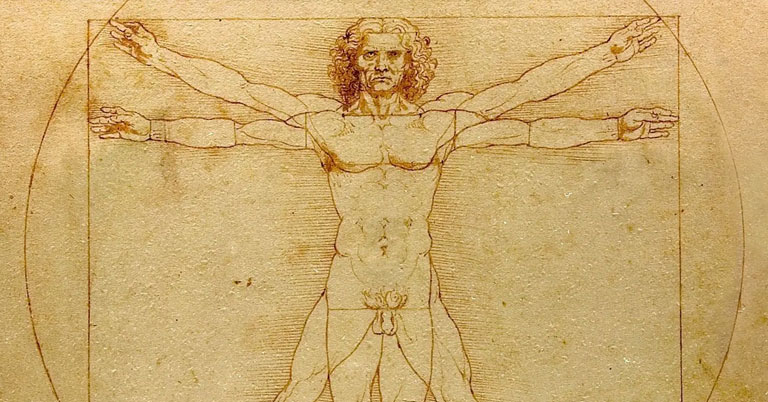
14/04/1452 – 02/05/1519
Leonardo da Vinci, born in 1452 in Vinci, Italy, and deceased in 1519 in France, was a painter, sculptor, engineer, scientist, and inventor of the Italian Renaissance. He is often considered one of the greatest geniuses in human history. Da Vinci quickly established himself as an emblematic figure of the Renaissance due to his insatiable curiosity and multidisciplinary talent.
He is best known for his artistic masterpieces, including “The Mona Lisa” and “The Last Supper.” “The Mona Lisa,” with its enigmatic smile and sfumato technique, is one of the most famous paintings in the world. “The Last Supper,” a fresco depicting Jesus’ last meal with his disciples, is also celebrated for its composition and use of perspective.
In addition to his contributions to art, Leonardo da Vinci made significant advances in many scientific fields. He drew detailed plans of inventions ahead of his time, such as the helicopter, the tank, and various hydraulic devices. His anatomical studies, based on meticulous dissections, provided valuable insights into the human body.
Da Vinci also made important contributions to engineering and architecture. His projects included designs for bridges, fortifications, and various machines. His ability to merge art and science in his works demonstrates a profound understanding of physical and aesthetic principles.
Leonardo da Vinci left behind notebooks filled with drawings, observations, and notes on a multitude of subjects, reflecting his curious and analytical mind. These notebooks continue to inspire and fascinate researchers and artists today.
